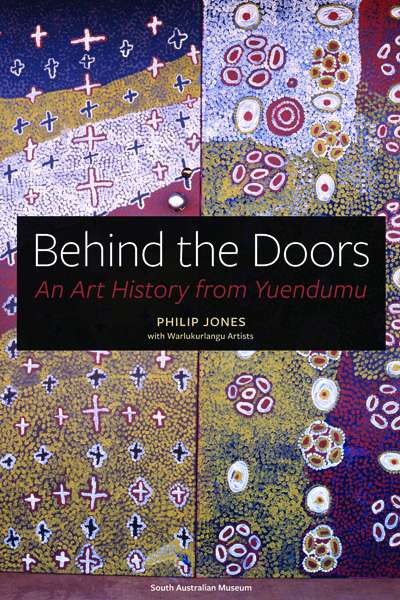ABR Arts
The last time the National Gallery of Victoria devoted an exhibition to furniture was in 1988 (Featherston Chairs), and only the most dedicated design aficionados will remember the gallery’s most recent group show of furniture design: One Hundred Chairs, back in 1974. Mid-Century Modern, broad in its ambition, covers Australian furniture design in the thirty-year immediate postwar period. It forms an interesting comparison to the recent touring exhibition from the Los Angeles County Museum, California Design, 1930–65, shown at Gallery of Modern Art, Brisbane last summer and reviewed here in December 2013–January 2014.
... (read more)Hedda Gabler (1890) occupies a somewhat schizophrenic position in Henrik Ibsen’s work. On the one hand, it is normally seen as the apotheosis of Ibsen’s realist period, his sardonic homage to the fashionable ‘well-made play’ of the time. But, on the other hand, from early in its theatrical life there have been productions which have reacted against the naturalistic style in which the play seems to have been couched.
... (read more)Behind the Doors: An art history from Yuendumu by Philip Jones with Warlukurlangu Artists
Book reviewers and the editors of periodicals that commission them are used to sour assessments of their worth, but Professor John Dale’s article on The Conversation yesterday is in a class of its own.
What a clichéd, ungenerous and discreditab ...
For Auld Lang Syne: Images of Scottish Australia from First Fleet to Federation | Art Gallery of Ballarat
I have been looking at the world through tartan frames recently, thanks to the current exhibition ‘For Auld Lang Syne: Images of Scottish Australia from First Fleet to Federation’ and its accompanying catalogue ($75 hb, 335 pp). Actually, to call it a catalogue doesn’t do it justice; its 335 pages ransack dozens of different angles of the Caledonian experience, with essays by its curators,Alison Inglis and Patricia Tryon Macdonald, the Art Gallery of Ballarat’s director Gordon Morrison, and a dozen others.
... (read more)Breakfast with Lucian: A portrait of the artist by Geordie Greig
U nder the Skin is adapted from Michael Faber’s eponymous speculative fiction novel (2000) in which an alien disguised as an attractive woman hunts hitchhikers in the Scottish highlands. Once she has determined that a man is appropriate prey, she drugs him and delivers him to a subterranean abattoir hidden beneath a farm where, in a disturbing allegorisation of factory farming, he is castrated, fattened up like foie gras, and prepared for shipment back to the alien home planet where human flesh is an expensive delicacy. This adaptation of Faber’s novel is the long-anticipated third feature film from director Jonathan Glazer.
... (read more)Goats are ubiquitous in the work of Patrick White. Start looking for them and they appear everywhere, staring out, page after page, with wise, tranquil eyes, pellets scattering like secrets into dust.
White bred goats, of course, Saanen goats, or tried to, while living at Castle Hill, and it is clear that the goat-mind made a profound impression. ‘One day I’m going to write a novel about goats with human beings to make it appear more “moral”,’ he wrote to his American publisher in 1953, ‘but only to enjoy the great luxury of writing about the goats.’ And he nearly did, two years later, when he wrote of a doomed explorer coming upon a desolate interior populated only by wild goats, descendants of a fabled Ur-goat:
... (read more)Melbourne’s Indian summer of opera concludes with imported productions of two melodic masterpieces: Carmen (Opera Australia) and La Traviata (Victorian Opera).
The first is a revival of Francesca Zambello’s production for Covent Garden and the Norwegian National Opera, which came to Sydney in 2008. We are familiar with the New Yorker’s as ...
Melbourne’s Lyric Opera, the smallest of its four opera companies, continues to offer interesting repertoire of a kind we would otherwise be unlikely to see. May 2 brought the opening performance of Aaron Copland’s opera The Tender Land. After the shall we say broad humour of Simon Phillips’s production of Rossini’s 1 ...


